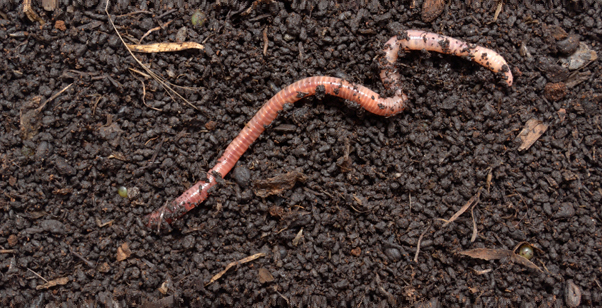Effect of size on uptake by diffusion
Class practical
Set up cubes of agar jelly and see how far liquid penetrates them by diffusion over five minutes. Calculate surface area to volume ratio for cubes of different sizes and consider the problems faced by large organisms.
Lesson organisation
While the cubes are soaking, students can try the calculation of surface area to volume ratio for themselves. Many students struggle with these calculations and their implications, so it’s worth taking the time to go through the calculations methodically.
Apparatus and Chemicals
For each group of students::
Beaker, 100 cm3, 1
White tile,1
Paper towel, 1
Ruler, 1
Forceps, 1
Stopclock/ stopwatch
For the class – set up by technician/ teacher
Agar cubes 2 cm x 2 cm, 1 per group
Agar cubes 1 cm x 1 cm, 1 per group
Agar cubes 0.5 cm x 0.5 cm, 1 per group
(Note 1)
Hydrochloric acid, 0.1 M, 20 cm3 per group
Health & Safety and Technical notes
The low concentrations of sodium hydroxide and hydrochloric acid are below the concentration that needs to be labelled IRRITANT. Wear eye protection and rinse splashes off the skin.
Universal indicator is dissolved in ethanol, so it is highly flammable in the stock bottle, but not once added to agar. See CLEAPSS Hazcard and Recipe card.
1 To make good solid agar, stir 2 g of plain (technical) agar powder into 100 cm3 of water. Heat, in an aluminium water bath filled with boiling water, with stirring, until the agar solution boils, then allow to cool. Make the agar blocks in straight-sided dishes or ice cube trays. If students cut cubes themselves, each group will need a block 2 cm x 3 cm x 2 cm. If you have chosen to use hydrochloric acid to soak the cubes, make up the agar with 0.01 M sodium hydroxide and colour the agar with universal indicator (Hazcard 31, Recipe card 36) or phenolphthalein (Note 2).
2 Phenolphthalein is described as LOW HAZARD on the CLEAPSS Hazcard. Refer to the CLEAPSS Recipe card (acid-base indicators): Dissolve 1 g in 600 cm3 of IDA then make up to 1 litre with water.
Ethical issues
There are no ethical issues associated with this procedure.
Procedure
SAFETY: Take care with the solutions used: wear eye protection and rinse splashes off the skin.
Preparation
a Make up plain (technical) agar with sodium hydroxide and universal indicator, or with sodium hydroxide and phenolphthalein. (Notes 1 and 2.)
b Cut agar cubes for the students, or provide them with a larger block to cut up. (Note 1.)
Investigation
a Collect agar cubes of different sizes – 2 cm x 2 cm, 1 cm x 1 cm and 0.5 cm x 0.5 cm – or cut cubes from the larger cube provided.
b Place the cubes in a beaker and cover with the diffusing solution.
c Start the stopclock.
d Leave the cubes for 5 minutes
e While you are waiting, complete the table with calculations for each cube. (See student sheet.)
f Pour off the solution. Rinse the cubes in a little water and blot the surfaces of each cube dry with a paper towel.
g Time how long it takes for the acid to change the colour of the indicator in each agar block. If the acid does not penetrate the largest block in the time available, cut the block and measure how far it has penetrated in the time.
| A Length of side of agar cube (cm) |
B = A2 Area of one side of cube (cm2) |
C = 6B Total surface area of cube (cm2) |
D = A3 Volume of cube (cm3) |
E = A/2 Shortest distance from edge to middle of cube (cm) |
F =C/D Surface area to volume ratio |
G Time taken to diffuse to centre of cube (min) |
H Distance solution diffuses in 5 minutes (cm) |
I =H/5 or E/G Rate of diffusion (cm/min) |
Teaching notes
If this investigation is familiar to the students, some groups could investigate the effect of different shapes.
Handling data like this lends itself to using spreadsheet: ![]() Effect of size on uptake by diffusion. It is important that the students understand the calculations, so it might be worth leading them through the first row of the spreadsheet, ‘fill’ the empty cells, and allow the software to do the rest of the work.
Effect of size on uptake by diffusion. It is important that the students understand the calculations, so it might be worth leading them through the first row of the spreadsheet, ‘fill’ the empty cells, and allow the software to do the rest of the work.
Health and safety checked, September 2008
Downloads
Download the student sheet ![]() Effect of size on uptake by diffusion (46 KB) with questions and answers.
Effect of size on uptake by diffusion (46 KB) with questions and answers.


